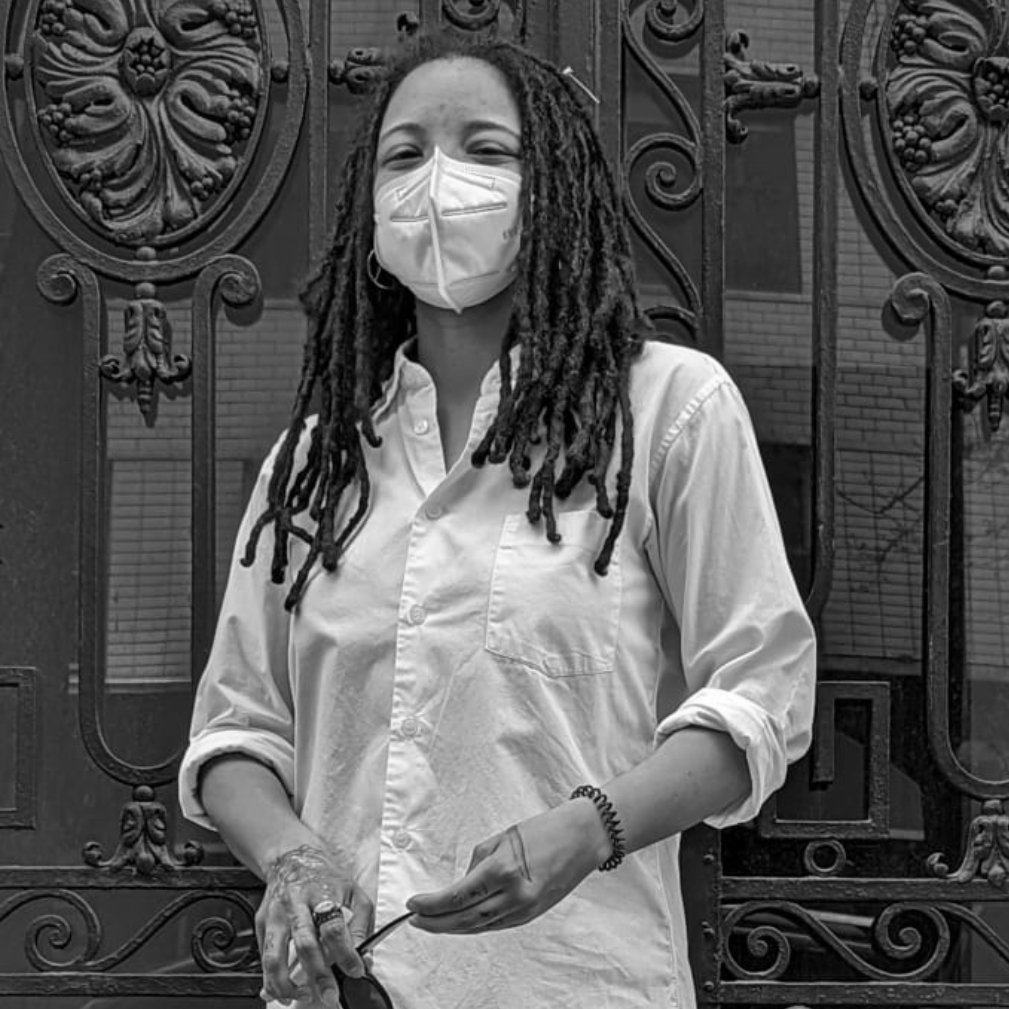Transgender Day of Visibility Factsheet
Each year on March 31st, the world observes Transgender Day of Visibility (TDOV) to raise awareness about transgender people. It is a day to celebrate the lives and contributions of trans people, while also drawing attention to the poverty, discrimination, and violence the transgender and gender-nonconforming (TGNC) community faces. We recognize that gender is a spectrum. This data includes men, women, non-binary, and other folks within that spectrum.
Transgender Historical Activism
Transgender sex workers and people who use drugs have been pivotal to the queer liberation movement.
From the Cooper Do-nuts Riot and the Compton's Cafeteria Riot in California, to the famous Stonewall Riots and the AIDS Coalition to Unleash Power (ACT UP) in New York City, TGNC people who use drugs and sex workers are, and always have been, leaders even in harm reduction movements. However, they are often overlooked or excluded from these movements themselves.
Harm reduction services and allies have a responsibility to do better for TGNC populations.







